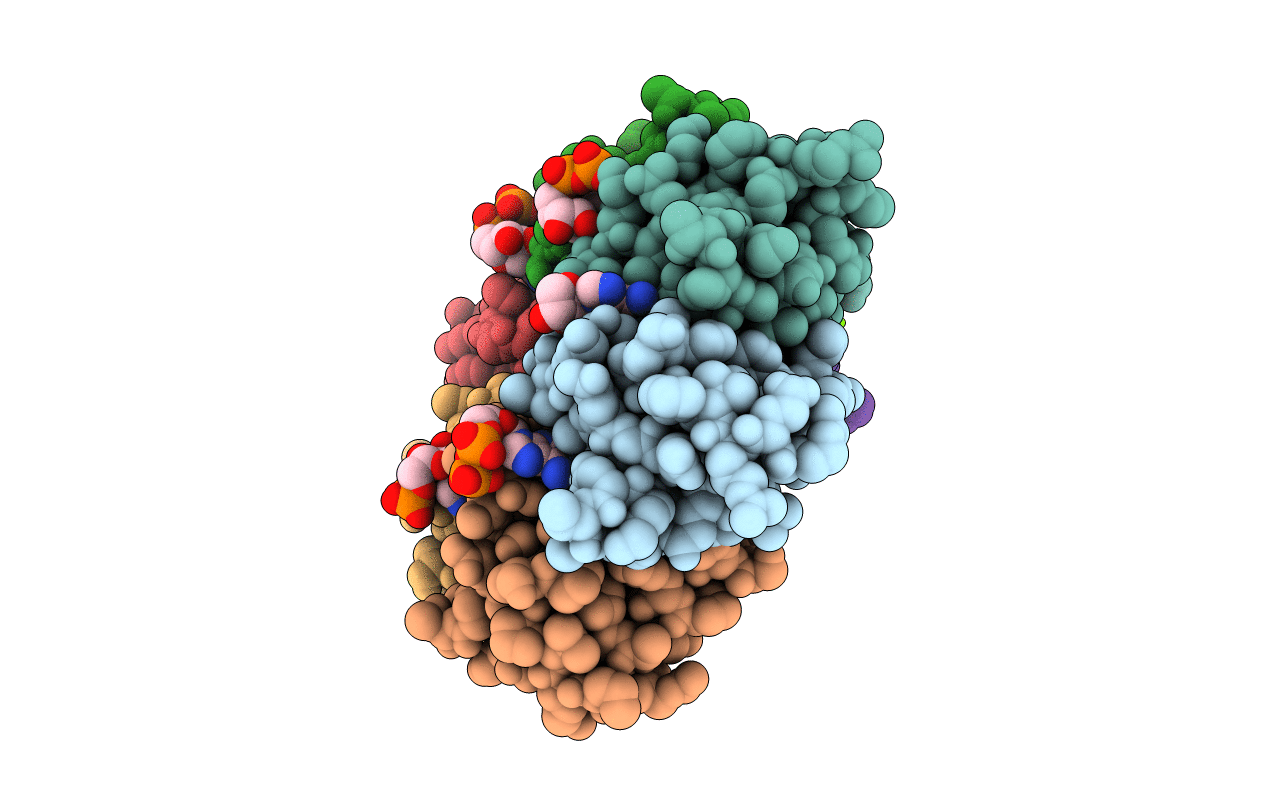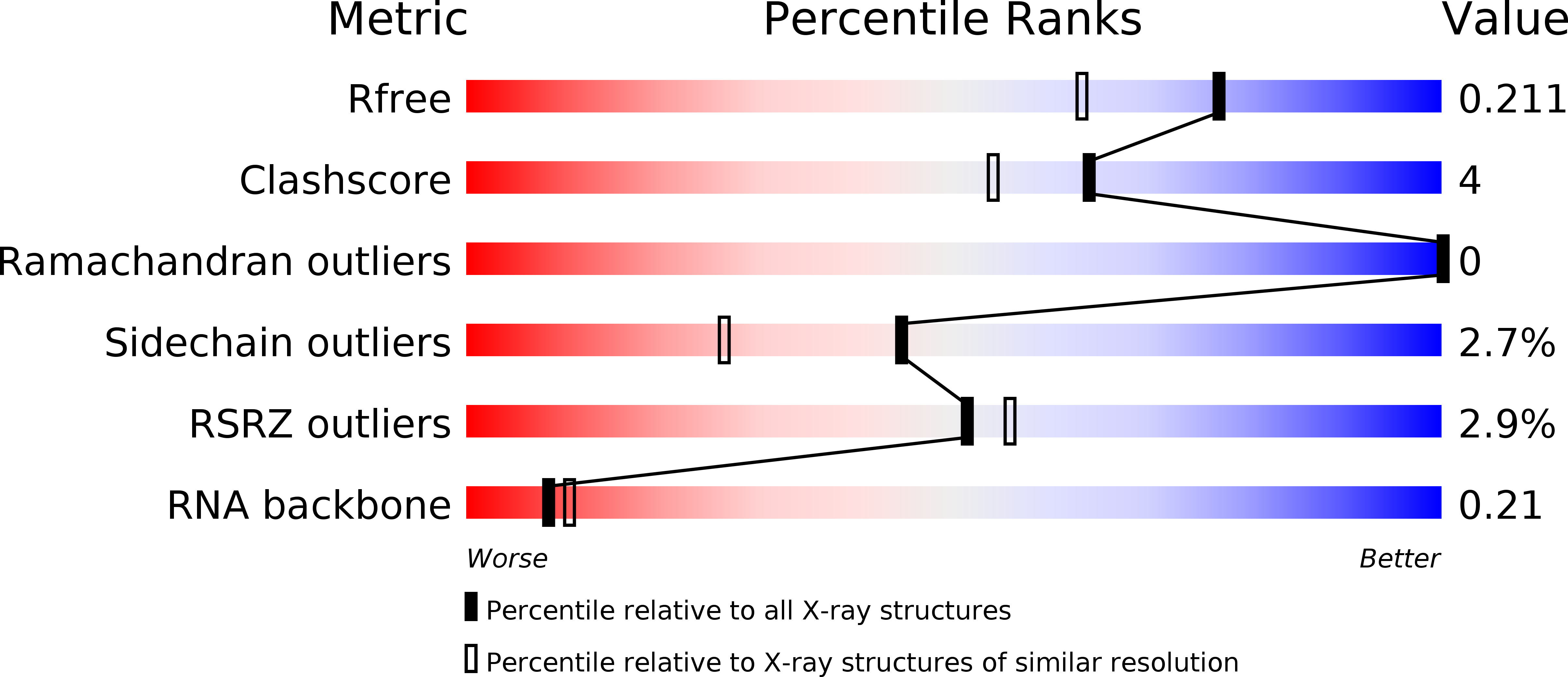
Deposition Date
2011-04-05
Release Date
2011-10-19
Last Version Date
2023-11-01
Entry Detail
PDB ID:
3RER
Keywords:
Title:
Crystal structure of E. coli Hfq in complex with AU6A RNA and ADP
Biological Source:
Source Organism:
Escherichia coli (Taxon ID: 511693)
Host Organism:
Method Details:
Experimental Method:
Resolution:
1.70 Å
R-Value Free:
0.20
R-Value Work:
0.16
R-Value Observed:
0.16
Space Group:
P 1


